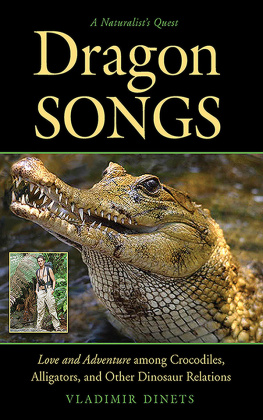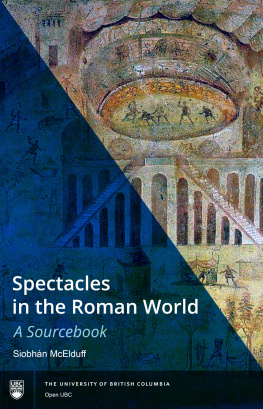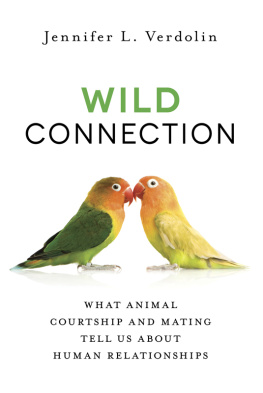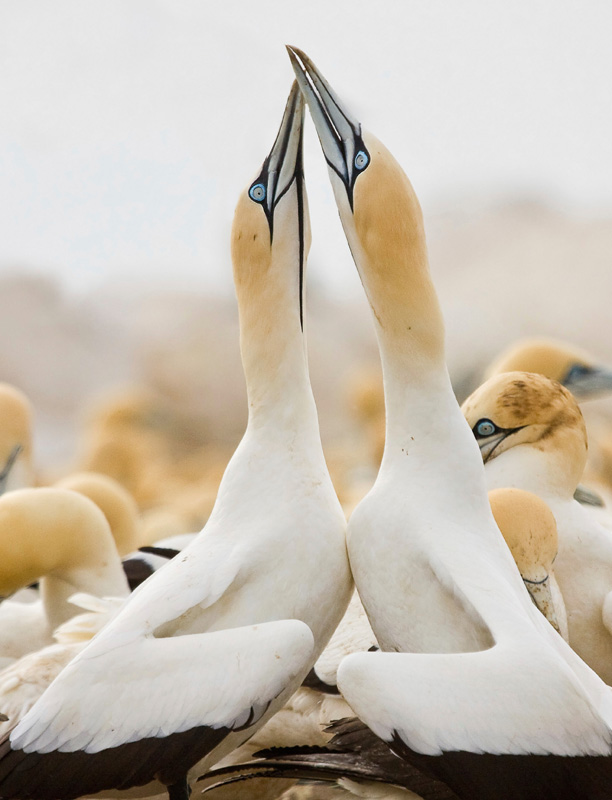
Northern gannets in a mating display.
WILDLIFE
Mass Migrations, Mating Rituals, and
SPECTACLES
Other Fascinating Animal Behaviors
VLADIMIR DINETS

Copyright 2016 by Vladimir Dinets. All rights reserved.
Published in 2016 by Timber Press, Inc.
The Haseltine Building
133 S.W. Second Avenue, Suite 450
Portland, Oregon 97204-3527
timberpress.com
Library of Congress Cataloging-in-Publication Data
Names: Dinets, Vladimir.
Title: Wildlife spectacles: mass migrations, mating rituals, and other fascinating animal behaviors / Vladimir Dinets.
Description: Portland, OR: Timber Press, 2016. | Includes index.
Identifiers: LCCN 2016009573
Subjects: LCSH: Animal behaviorNorth America. | Animal migrationNorth
America. | Sexual behavior in animalsNorth America.
Classification: LCC QL751.D458 2016 | DDC 591.5dc23 LC record available at https://lccn.loc.gov/2016009573
eISBN: 978-1-60469-775-9
A catalog record for this book is also available from the British Library.
To Sofia.
Cant wait for you to grow up a bit
so I can show you all these wonders.
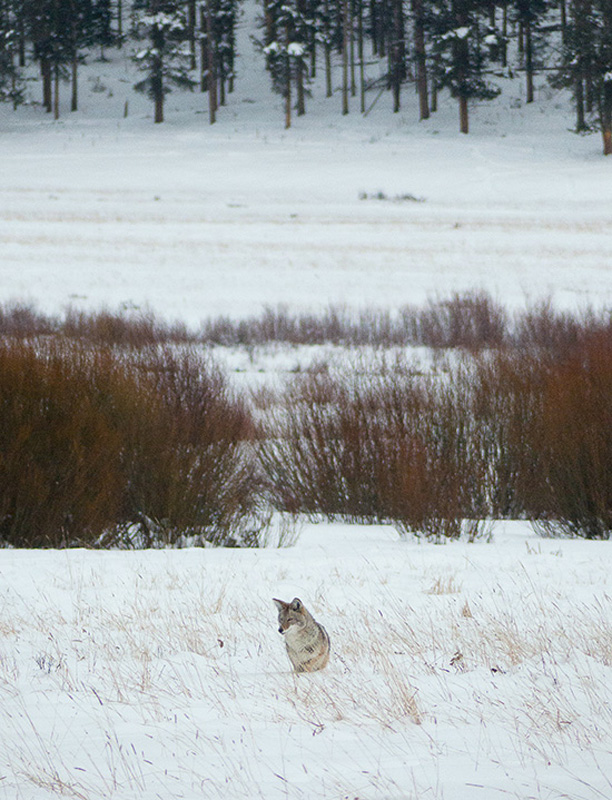
CONTENTS
INTRODUCTION
Wild animals are beautiful. You can enjoy watching them even when they dont do anything special. But they can also do amazing things: travel halfway around the globe, stage impressive light and sound shows, use all kinds of clever tricks, and perform unbelievable athletic feats. If you know what to look for and manage to be in the right place at the right time, you can have an experience you will not forget as long as you live.
Being a zoologist, Ive spent much of my life finding and observing animals in their natural habitats, but I still cant get used to the scale and grandeur of wildlife spectaclessome of them happening at peoples doorsteps, in urban parks, and on popular beaches (seeing others, of course, requires some wilderness travel). And although Ive seen almost all the events described here, some many times, Ill never get tired of watching them.
Many people who live in North America dont realize or appreciate just how lucky they are to have so much wildlife around. Of course, North America has seen its share of horrible abuses of the environment, and there are still powerful political forces bent on sacrificing every last living thing to so-called business interests, which is a politically correct euphemism for greed. But thanks to decades of hard work by dedicated environmentalists, many parts of the continent have been beautifully preserved or restored, and wildlife here is more abundant and easy to see than almost anywhere in the world. You dont have to pay exorbitantly for an obligatory guided jeep ride, as in many African or Indian national parks; you can easily avoid the crowds that are almost inescapable in much of Europe and China; it doesnt take multiple days to reach natural habitats as it does in Indonesia, Madagascar, and much of Latin America; you dont see silent forests where all wildlife has been hunted out as you would in Southeast Asia and Russia; and you dont encounter vast tracts destroyed by invasive species as in Australia and New Zealand.
Unfortunately, despite the popularity of national parks, nature documentaries, and cute baby animal photos on social networks, learning about many of the continents natural living wonders can be surprisingly tricky. Some of the most amazing wildlife spectacles in the world, such as mass migrations, mating dances, and predator-prey interactions, occur in North America, but the information on them is often scattered and difficult to find, and many are virtually unknown to nonspecialists. I have yet to meet a person who is not a professional ichthyologist and knows about the annual spawning of giant sturgeon in downtown New London, Wisconsin, or someone who is not an ornithologist and knows of the stunning sunset flights of hundreds of thousands of wintering American robins near St. Petersburg, Florida. Nighttime dances of up to a hundred alligators can be easily seen from a popular boardwalk in Everglades National Park, but these dances remained unknown even to scientists until I accidentally discovered them in 2006. Most people have heard of the famous gatherings of monarch butterflies in Mexico, but few are aware that similar gatherings take place every winter in coastal California.
It is particularly difficult to understand the complex natural history of such events. Why do seabirds gather in immense flocks in particular places in the ocean year after year? Why do Pacific salmon die after spawning? What is the secret code used by fireflies blinking in their vast swarms over Appalachian meadows? How do spadefoot toads manage to breed in desert pools that dry up just two weeks after rain?
In this book I describe the most remarkable wildlife spectacles you can see in North America. I also cover some natural history to explain how they work and why they happen, and end each chapter with a few practicalities for those of my readers who would like to see them for themselves rather than just read about them.
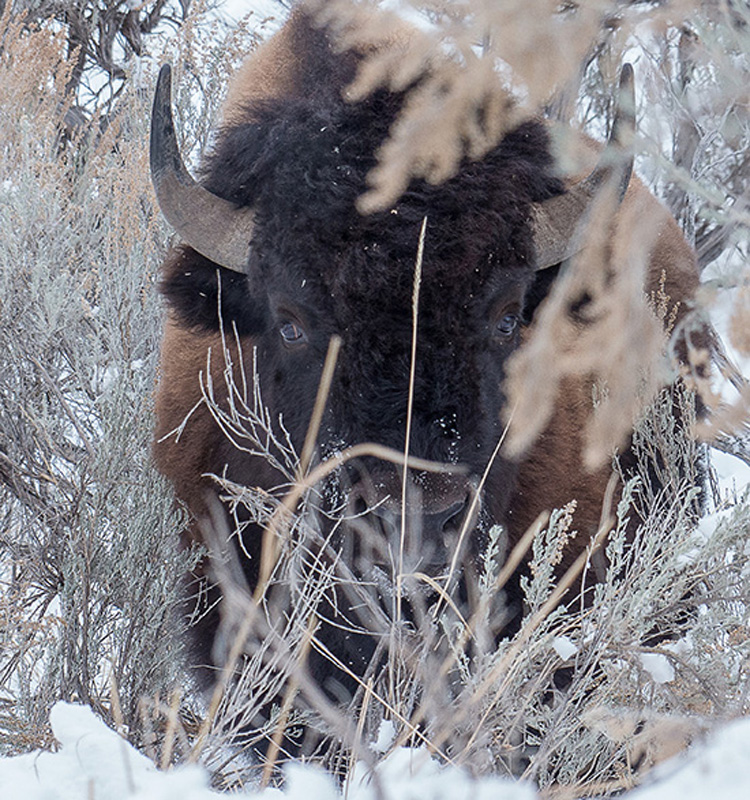
A plains bison enduring winter in Yellowstone National Park.
GREAT MIGRATIONS
There was a time when the world was free of fences, highways, sprawling cities, pesticide-laden farms, shipping lanes, dams, and miles-long driftnets. Wild animals could migrate freely, and did so in numbers we cant imagine. The first European travelers to the New World reported bird flocks filling the entire sky for many weeks every year, hundreds of whale spouts visible in the sea in every direction, millions of bison moving across the plains, masses of salmon making rivers flow backwards. And that abundance of life was just a fraction of what the ancestors of the Native Americans must have encountered when they moved here from Siberia fifteen thousand years ago.
Today the migrations of wild animals are less spectacular, but can still be breathtaking. Witnessing them makes you forget the artificial world of climate-controlled buildings and paved streets that most of us live in, and for a short while experience the absolute freedom of our wild, dangerous, fascinating pastof the world filled with life that knew no bounds.
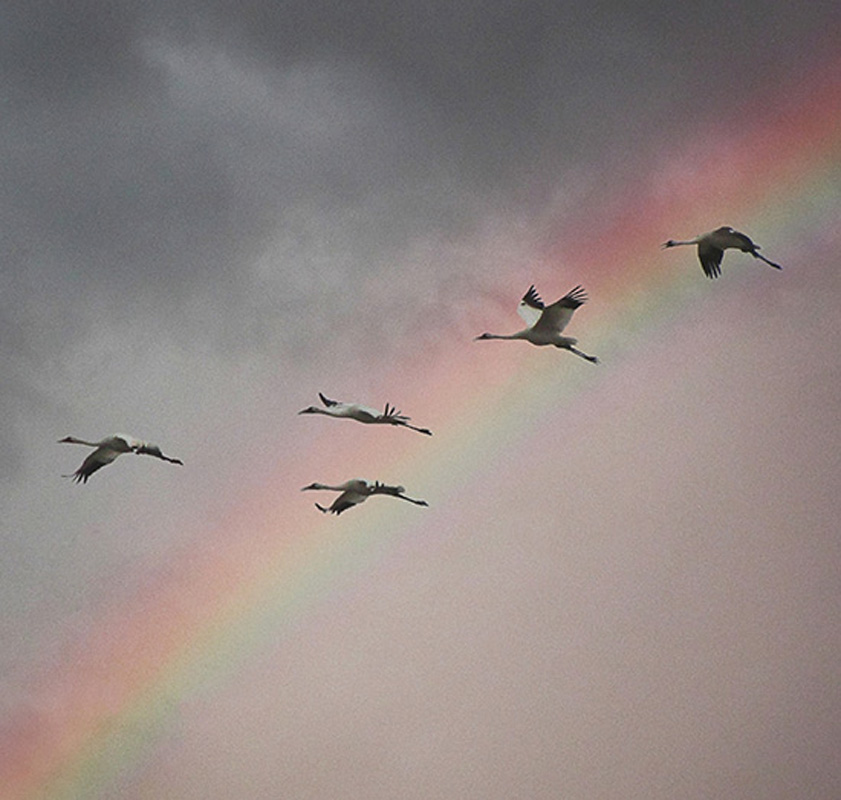
Whooping cranes migrating to the Gulf Coast.
COLD CURRENT HIGHWAYS
Just a short boat ride from the skyscrapers and traffic jams of San Francisco and Boston, you can see the largest animals in the history of our planet, as well as multitudes of smaller creatures, all gathering in certain ocean locations that serve as roadside restaurants for marine travelers. To figure out why these feeding places exist where they doand to understand pretty much everything else about the life of the seayou have to look at ocean currents and the changes they bring.
Next page

